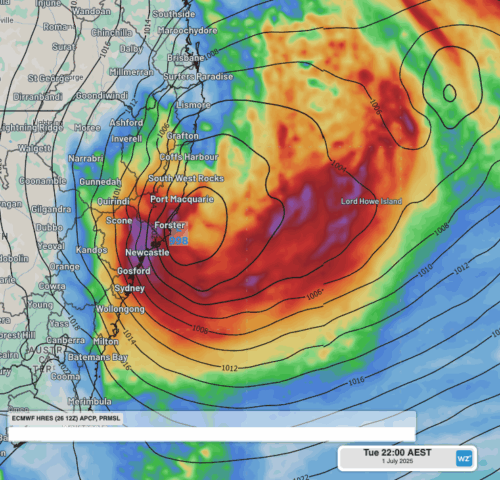DTN APAC, has been providing weather intelligence and innovative forecasting systems to businesses since 1998.
Our team of meteorologists, scientists and developers continually innovate in-house, creating trusted resources such as our Total Lightning Network, and OpticastTM, as well as sourcing essential data from our industry partners worldwide. We collaborate to bring you comprehensive solutions for your daily weather challenges.
Here are some of the services we provide, and the organisations we work closely with to deliver them to you.
Australian Weather Forecasts
DTN APAC forecasts are a collaboration of data sourced from the Australian Bureau of Meteorology (BOM) and our in-house modelling. Our industry-leading forecasting solution Opticast utilises data from our customer’s weather stations, and our own Australia-wide weather station network, in addition to real-time observations provided by the BOM.
Additional forecasting is provided by international partners such as MetService NZ, CustomWeather and the World Meteorological Organisation (WMO)
Long-Range Weather Forecasting – 14 day to 12 month forecasts
These forecasts are produced by our meteorologists using raw data provided by international weather agencies.
These forecasts are produced using a combination of techniques, some in the public domain and others developed by DTN APAC.
River Heights and Dam Levels
These readings are provided by the BOM, Department of Natural Resources in New South Wales, Sydney Catchment Authority, Melbourne Water and other local water agencies.
Air Quality Readings and Forecasts, and Beach Quality Reports
This information for Melbourne and Sydney is provided by the respective Environmental Protection Authority (EPA) in each state. We also use the data from IQAir to provide air quality forecasts across Australia.
Satellite Imagery
All satellite imagery originates from the Japan Meteorological Agency (JMA). We receive this information via the BOM. We produce custom weather satellite images for clients.
Weather Radar
All weather radar images provided by DTN APAC originate from the BOM’s radar network. Raw radar information is delivered to us where custom software generates images for media clients.
We also offer Oracle – a high-resolution gridded nowcast of rainfall, offering radar-like precision without the range limits of radar. It leverages the rapid-update data from Solcast, our Oracle data partner.
Sunrise and Sunset
Sunrise and sunset times are computed by DTN APAC using formulae that are in the public domain.
Tide Times
Tidal times are computed by us using hydrographical data originally sourced from the BOM.
Surf Reports and Forecasts
Surf forecasts and reports are sourced from Swellnet.








